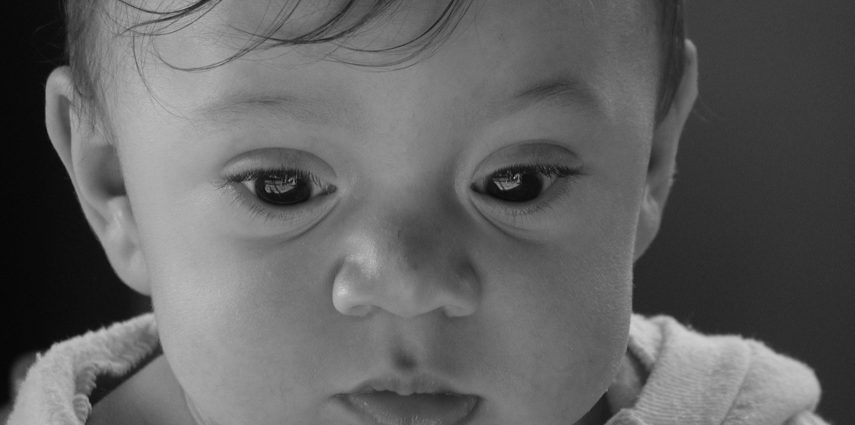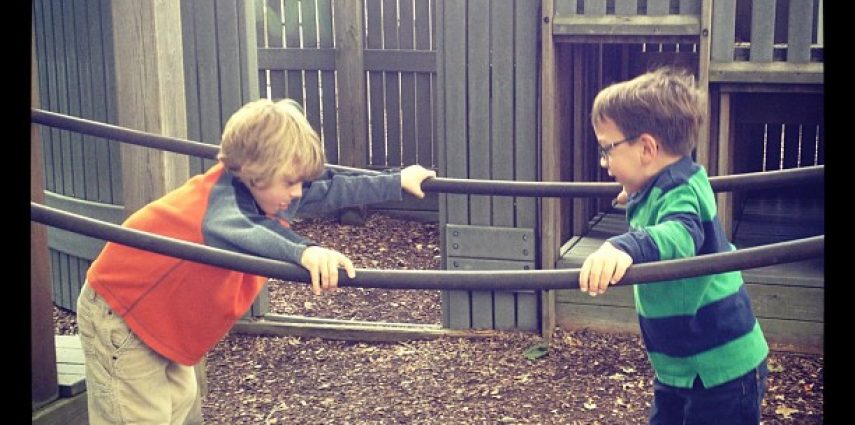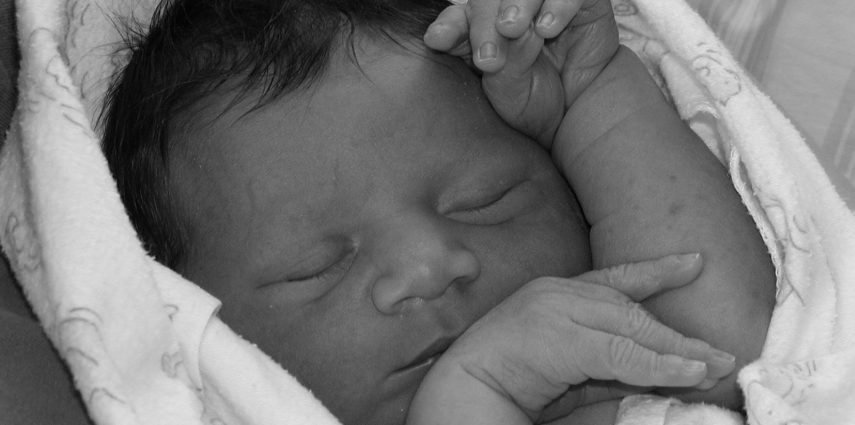John Campbell
Trent Hills – How many five-year-olds can say they’ve thrown the ceremonial first pitch at a Blue Jay game the night the team’s ace pitcher Roy Halladay is honoured as Sportsperson of the Year, or shared the stage with international pop star John Mayer at a concert in Toronto?
Isaac McFadyen has.
He’s unique in one other respect and that’s how Mayer, Halladay and his wife Brandy came to know him. Isaac is the only one in Ontario with a rare disease known as MPS VI, and is just one of three known cases in Canada. Maroteaux-Lamy Syndrome is caused by an enzyme deficiency that stiffens the joints, stunts growth, damages the heart and hips, and causes clouding of the cornea. It also shortens a person’s lifespan. There is no cure.
It wasn’t long after their son was diagnosed at 18 months of age in October 2005 that Isaac’s parents, Andrew and Ellen, set up The Isaac Foundation to fund treatment and innovative research projects. In three years it’s handed out $180,000 in grants using money raised through the donations of individuals and a host of events, the biggest being a golf tournament it holds annually. The fourth one was held last weekend in Kingston, where Andrew is a Grade 7/8 teacher.
Recently, the foundation committed to a third year of funding for research at Mount Sinai in New York for the development of a therapy to relieve chronic inflammation in the joints of individuals with MPS VI. Another research project the foundation is funding involves “chemical chaperoning” in which a drug administered orally will mimic the effects of the enzyme Isaac lacks.
“It’s probably as close to a cure as we may find over the next 10 years,” Andrew said
Until one is found, Isaac must undergo enzyme replacement therapy once a week at Hospital for Sick Children in Toronto. He’s also had several operations and what would be routine for most children, such as the removal of tonsils, is anything but for Isaac. Any time he is anesthetized “is a major, major issue,” because of his breathing problems, Andrew said.
Last year he underwent surgery for his spinal cord which had become so compressed that “any type of bump or fall could have paralyzed him.”
Isaac, who’s bubbly and outgoing, is a far different boy from what his parents feared he might be at his age when they were told the disease he had. The outlook was not good but dread has given way to hope.
Isaac’s last six months have been his “healthiest,” his parents say.
He runs, climbs, plays games – “doing all the things that other kids do,” Ellen said. “I never thought at the age of five that he’d be doing this well.”
His breathing has improved and he’s sleeping better as a result. He’s also growing, albeit “at a slowed-down rate,” Andrew said.
“In most ways he’s quite normal,” Ellen said, and “fits in really well” with other children at Kent Public School where he attends junior kindergarten.
The couple can thank the Ontario government for Isaac’s doing well. It’s footing the bill for his enzyme replacement – the cost is staggering, running between $300,000 and $1 million a year — but it took the prodding of Opposition health critic Elizabeth Witmer to help make it happen.
The couple lobbied the government for eight months, backed by Witmer, and their cause made the front pages of Toronto newspapers and was covered extensively by television and radio stations.
Their campaign ended when then-health minister George Smitherman announced in July 2006 that the province would pick up the tab for Isaac’s therapy.
Andrew is deeply grateful that Witmer fought on the couple’s behalf and he regularly provides her with reports of “firsts” by Isaac, such as his first soccer game, his first report card.
“I’ll do that for his entire life,” Andrew said. From his graduation from public school to his graduation from high school, he’ll keep her updated. And “when we make an announcement that we found a cure … I want her there.”
Andrew also praises the Liberal government for finally agreeing to cover the costs of Isaac`s therapy. “They saved his life, and it’s not often a government can see those direct results that quickly and that unequivocally,” Andrew said.
The support their fundraising has received from two bona fide stars in sports and entertainment has been immensely helpful.
“Having somebody like Roy Halladay and John Mayer jump onboard is really important to us,” he said.
The night Halladay got his award, he received a $1,000 cheque which he matched and turned over to the foundation. He subsequently donated 16 tickets to his skybox at the Rogers Centre to be auctioned off last weekend, and vowed that he and his wife “were going to be in this for the long haul” in their support of the Isaac Foundation.
And after Mayer, “one of the biggest pop musicians in the world,” wrote about meeting Isaac on his blog, “we had 30,000 hits on our website in a couple of weeks,” Andrew said. Their encounter also made the pages of a celebrity magazine.
He and Ellen pledged from the get-go that the foundation would operate with minimal overhead and move quickly in getting grants out the door.
“We’re so proud of the fact that we can say that 98 to 99 per cent of all money that comes in goes directly back out to research,” Andrew said.
Even though this has been “the healthiest six months” Isaac has enjoyed, the couple remain mindful that things could change at any time.
“It’s always wait and see,” Ellen said. Every day Isaac is able to enjoy life like any other kid his age, “I am able to live in the moment … That’s how I cope,” she said. “I don’t look too far down the road.”
“I look at where we could be still and it’s very difficult,” Andrew admitted. His emotions “bounce back and forth,” and it’s on those hour-long drives to Kingston or while sitting in an empty classroom that he finds himself crying. But as soon as he gets home and sees Isaac and his younger brother Gabriel at play, it lifts his spirits.
“I get regrounded,” he said.
To learn more about the Isaac Foundation, visit www.theisaacfoundation.com.








